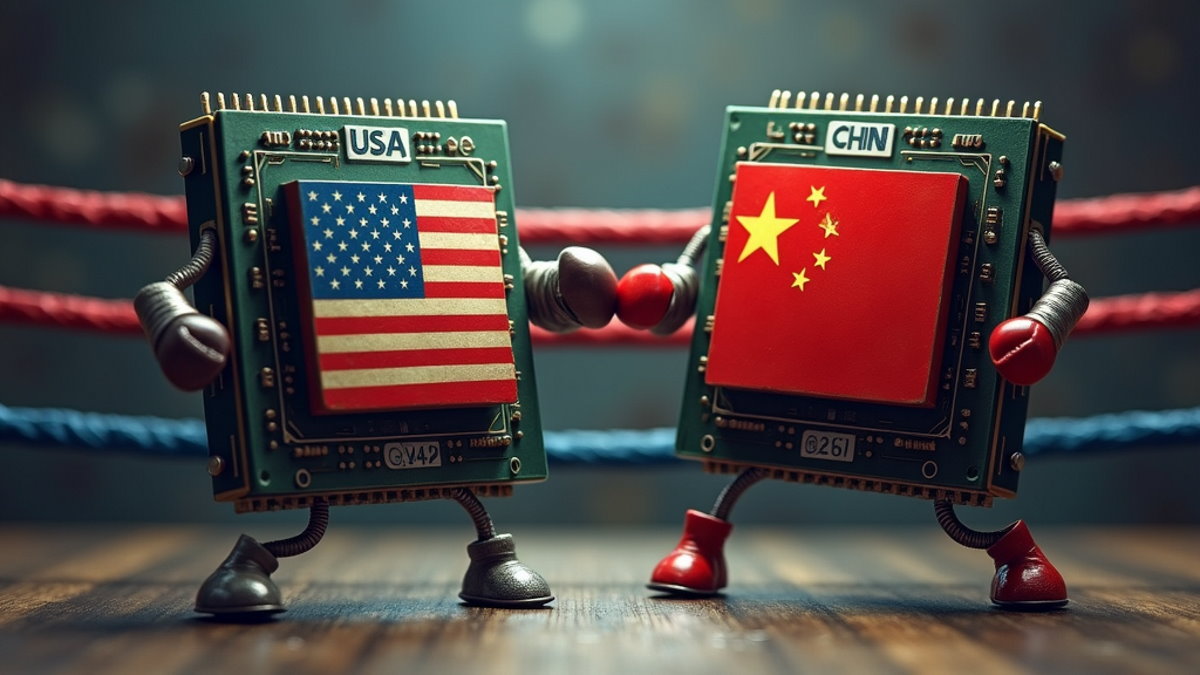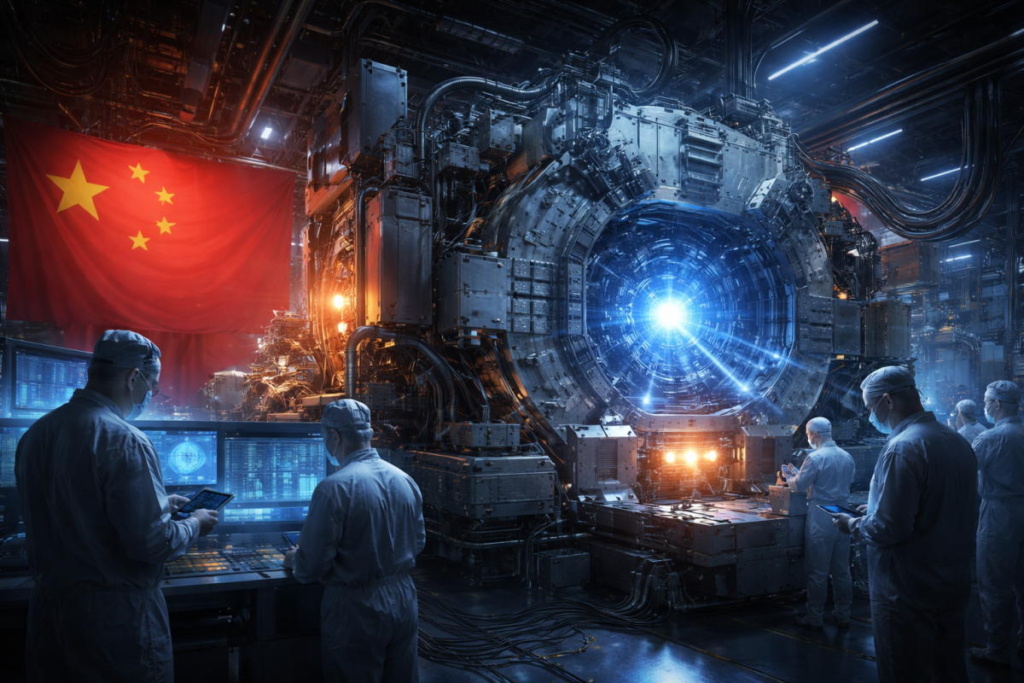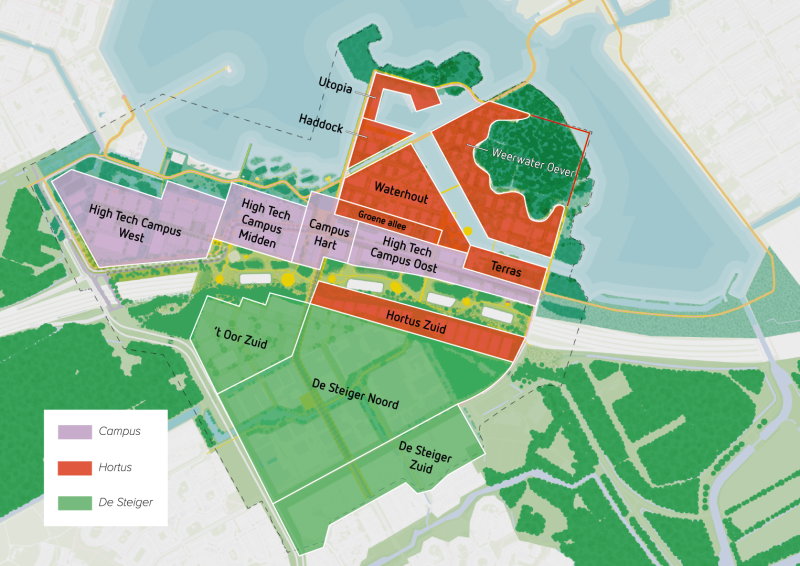As recovery sets in, ASML is once again caught in a geopolitical crossfire.
ASML and the Dutch government are caught between a rock and a hard place now that the US is putting the squeeze on allies to further tighten their semiconductor export restrictions. If the Netherlands and Japan continue to allow their semiconductor equipment manufacturers ASML and Tokyo Electron (TEL) to service certain gear that’s already operational in Chinese fabs, the Biden administration is threatening to invoke a blanket ban, Bloomberg reported. The report spoiled otherwise upbeat Q2 results published by ASML.
The US pressure is likely the result of the apparent failure of existing measures to prevent China from making advanced chips. Huawei last year launched a smartphone powered by a 7nm-class system-on-chip and experts say that 5nm chips are within China’s reach using only DUV lithography. There are even reports of preparations for a ‘Chinese’ 3nm node, and innovations in materials and packaging may enable China to continue to go forward. It should be noted, however, that it’s unclear at what scale and yield Chinese fabs can produce advanced chips, calling their competitiveness into question.



